|
Part of the iris family, a “glad” is often described as a flowering bulb, but the bulb is actually a “corm.” Each year the plant produces a new corm and discards the old one. In our zone 3 climate, the new corm is dug up in the fall, has its stem and leaves removed (all but an inch), then dried for 1-2 weeks in a warm place with good air circulation, and finally stored dry, indoors at about 50 degrees for planting next spring. Gladiolus should be grown in full sun, whether in a cutting garden, perennial garden, vegetable garden, raised bed or container. Be creative, put glads front and center, pair them with cannas, colocascia (elephant ears), caladiums, or coleus. Explore planting a variety of types, heights and flower color, form and size. The flowers generally begin opening 80-90 days after planting. To extend the bloom time, plant the first batch in spring after all danger of frost has passed, and plant additional corms every week or two until early summer. Before planting, prepare well-drained soil to a depth of 6 to 10”, adding compost and an all-purpose granular fertilizer. Plant “grandiflora” glads 6 to 8” deep to help keep their stems upright and “dwarf” glads at 4 to 6” deep, spacing both types 4 to 6” apart. After planting, applying 2 to 3” of mulch helps retain moisture and control weeds. Water regularly and deeply, at least an inch of water per week. When stressed by heat/drought, glads are susceptible to disease and thrips/spider mites that disfigure the flowers. Support glads from leaning or toppling from wind or rain by tying them to bamboo canes—or plant shorter, 2-foot glads. High-quality, larger corms will give you taller stems with more flowers. For the longest vase life, harvest glads when the bottom two flowers are fully open. The rest will gradually unfurl in the vase. If you experience difficulty with integrating taller glads in a tabletop arrangement, shorten the stems and remove a couple of the lower flowers or cut some of the top. Snap off spent flowers and recut the stem as needed. Credit to https://ngb.org/year-of-the-gladiolus/ Contributed by: Vicki Gee-Treft, Master Gardener Volunteer
0 Comments
Late Summer is here and Autumn is knocking on the door. Flowers from our gardens are starting to slow down and we are seeing signs of Autumn. We can still make lovely bouquets using a little creativity. Dried grasses, broom corn and flowers work well. Add feathers, pinecones, acorns and dried leaves. "The goldenrod is yellow. The corn is turning brown. The trees in apple orchards with fruit are bending down." Helen Hunt Jackson AuthorCarla TePaske
UW-Extension Master Gardener Volunteer Carla TePaske provides tips for great bouquets in this video. For more tips, check out this handout: "Cut Flower Tips" .
I recently read On Flowers by Amy Merrick. Amy Merrick is a rare and special kind of artist who uses flowers to help us see the familiar in a completely new way. Her gift is to revel in the unexpected—like a sunny spring arrangement housed in a paper coffee cup—and to overturn preconceptions, whether she’s transforming a bouquet of supermarket carnations into a breathtaking centerpiece or elevating wild and weedy blooms foraged from city sidewalks. She uses the beauty that is waiting to be discovered all around us—in leaves, branches, seedpods, a fallen blossom—to tell a story of time and place. Merrick begins On Flowers with a primer containing all her hard-won secrets on the art of flower arranging, from selecting materials to mastering pleasing proportions. Then she brings readers along on her journey, with observations on flowers in New York City and at her family’s summer home in rural New Hampshire, working on a flower farm off the coast of Washington State, and studying ikebana in a jewel-box flower shop in Kyoto. We learn how to send flowers like a florist, and how to arrange them like a farm girl. We discover the poignancy in humble wildflowers, and also celebrate the luxury of fragrant blousy blooms. Collected here is an anthology of floral inspiration, a love letter to nature by an exceptional, accidental florist. Amy shares bouquet ideas. She helps you pick out the perfect vessel to display your bouquet. She encourages you to get creative with what kind of plants and flowers to add to your bouquet. Amy is full of positive energy and this read will have you smiling. Take a break, sit in the garden, pour some ice tea and enjoy paging this delightful book. AuthorCarla TePaske For the Love of Sweet peas! Sweet peas are one of my very favorite flowers to use in fresh cut bouquets. The fragrance of a sweet pea is amazing. They look like a butterfly in a bouquet. Here are a few tips regarding growing your sweet peas. It is very important to help your sweet peas climb. Have some sort of a structure to help them climb. Another fantastic trick is using paper twists to help hold the plant in place as it climbs up. You can see my simple white paper twist on my birch pole, helping train that vine to climb up. I have sweet peas climbing along side a wall. In this photo you will see I have used fence posts, twine and my paper twists to help train the sweet peas to climb. The paper twist trick as helped me train sweet peas, rewarding me with lovely long stem blooms to use in bouquets. Remember the more you pick sweet pea the more they will bloom. Happy Gardening! AuthorCarla TePaske Have you ever wondered the meaning of a flower? The History of Flower Meanings The symbolic language of flowers has been recognized for centuries in many countries throughout Europe and Asia. They even play a large role in William Shakespeare’s works. Mythologies, folklore, sonnets, and plays of the ancient Greeks, Romans, Egyptians, and Chinese are peppered with flower and plant symbolism—and for good reason. Nearly every sentiment imaginable can be expressed with flowers. The orange blossom, for instance, means chastity, purity, and loveliness, while the red chrysanthemum means “I love you.” The Posy Book, authored by Teresa H. Sabankaya, is a modern book sharing the language of flowers. When you are out in your garden creating a bouquet for your loved one, send a special message by adding what your flowers mean in the bouquet you created. Inspired by the Victorian-era language of flowers, this new language of flowers dictionary is a compilation of many historical references on the language of flowers, with additional modern meanings for newly hybridized flowers. Inspired by the Victorian-era language of flowers, a posy is a small, round bouquet of flowers, herbs, and plants meant to convey a message, such as dahlias for gratitude, sunflowers for adoration, or thyme for bravery. These floral poems have become Teresa Sabankaya's signature. Brides want them for their weddings, but a posy is a lovely gift any time of year, and one that readers can easily put together from their garden or with blooms from their local florist. In The Posy Book, Sabankaya shares step-by-step instructions, floral recipes for more than 20 posies, and ideas for seasonal variations. A modern floral dictionary, with 12 original paintings by celebrated illustrator Maryjo Koch, will help readers craft their own posies filled with personal meaning. AuthorNCMGV ~ Carla TePaske Cutting Gardens and Floral Arrangement WorkshopUW-Extension Master Gardener Volunteers Cindy Lawson and Carla TePaske showcase bouquets; they will be leading the workshop on August 29 on tips and tricks of flower arranging. The Spooner Agriculture Research Station Teaching and Display Garden will host visitors for a workshop on cut flower gardens and arrangements on Thursday, August 29 starting at 6:00 pm. This garden session will start at the Teaching & Display Garden with growing tips on a few outstanding plant selections to grow for cut flowers including dahlias and annuals. The session will then move to the Research Station for an in-depth workshop on tips and tricks of the art of flower arranging using both perennial and seasonal flowers from the garden.
This year’s theme “Re-use, recycle, and re-imagine” comes from the All-America Selections. The displays have been created with this theme in mind. The Teaching and Display Garden is one of eight in Wisconsin that display vegetable and flower varieties who have been awarded this designation as an outstanding cultivar. Save this date for the last program of the season at the garden: September 7 at 10:00 am focusing on seed saving, fall rejuvenation, bulb storage, winter sown, garlic planting, spring bulbs and what was learned during this garden season. Remember to bring your own lawn chair for the Meet Me in the Garden Seminar. The session is free and open to the public and will be held rain or shine – please dress accordingly. In case of inclement weather, the program will be held at the Station Building at 1035 E Maple Street (Hwy 70), Spooner. The garden is located at 780 Orchard Lane, 1.5 miles east of Spooner on Highway 70 or 1/2 mile west of the Hwy 70/53 interchange. Watch for garden meeting signs. For more information and a map visit the station’s web site at: http://spooner.ars.wisc.edu/ or contact Kevin Schoessow or Lorraine Toman at the Spooner Area UW-Extension Office at 715-635-3506 or 1-800-528-1914. Photo credit: Sue Reinardy, UW-Extension Master Gardener Volunteer Photo credit: Carla TePaske ~ using dill to create a bouquet The Pleasure of Herbs Herbs activate all of our senses, inviting us to touch, smell and taste them.
Photo credit: Carla TePaske The Herb Six Pack A collection of herbs used to flavor food dishes of all kinds. Genovese Basil Garlic Chives Bouquet Dill Giant From Italy Parsley Rosemary Thyme Come to the Plant Sale, May 18th to get your Herb Six Pack $12.00 for the six pack Care tip brochure and recipes will be at the sale North Country Master Gardener Volunteers Annual Plant Sale, Saturday, May 18, 8:00 to 11:00 (or until plants last) at the Station Building, 1035 E Maple Street (Hwy 70), Spooner. Offerings include: Heirloom Tomatoes, Peppers, Natives, Herbs, and Cannas AuthorCarla TePaske, North Country MGV We all love the scent of lilacs. We want to enjoy them in the house as well as outside. Lilacs make lovely bouquets. Here are a few tips to make your lilac bouquet last longer. After you bring in your lilac quickly put them in a sink of cold water. Lilacs love to drink water. With a woody stem that can be hard to do after they are cut for bouquets. To help your lilac drink up, soften the stem by placing the end of the stem in a cup of hot water. After softening the stem, pound the bottom of the stem with a hammer. This will help your lilacs drink up. Create you bouquets and be sure to watch your vase, again, lilacs like to drink up, you may need to refill your vase with water in a few hours. For a step by step tutorial click here.. AuthorCarla TePaske NCMGV |
|
| North Country MGV | gARDEN bLOGS |
Location |
|
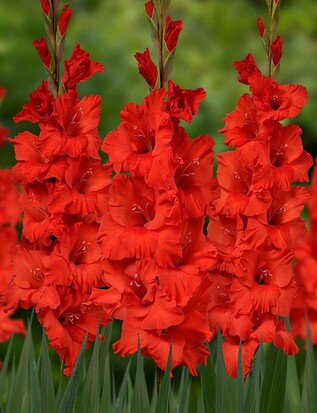
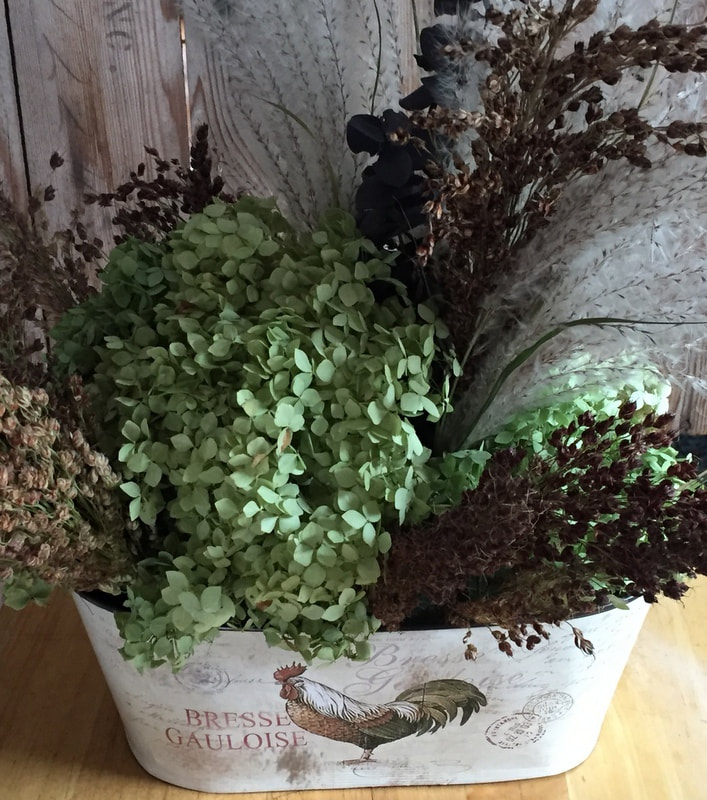
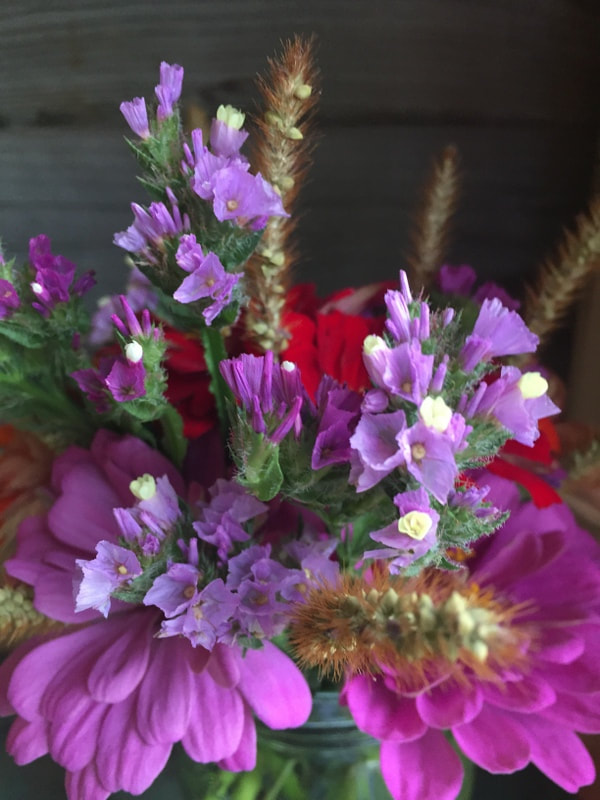
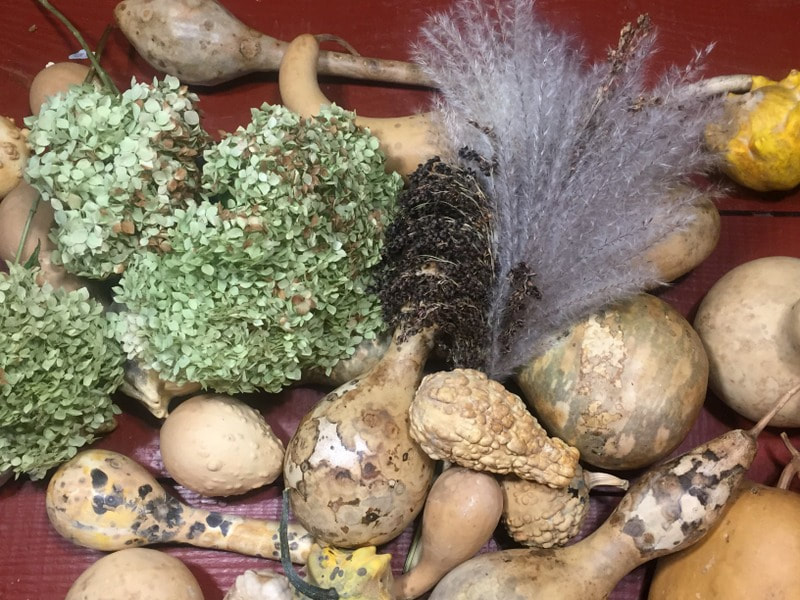

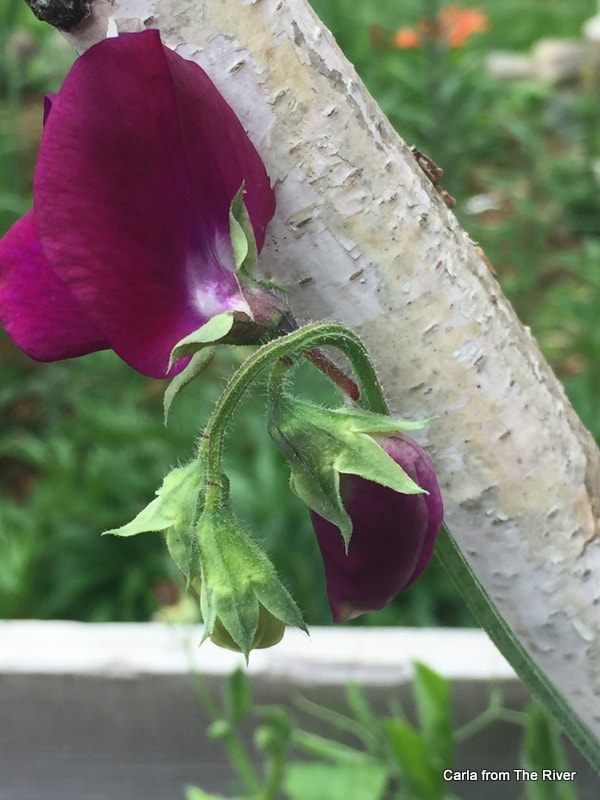
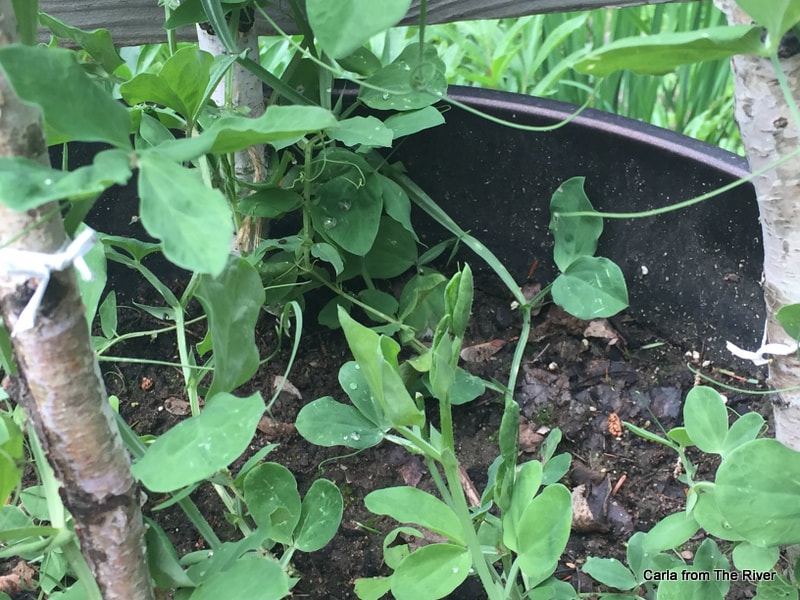
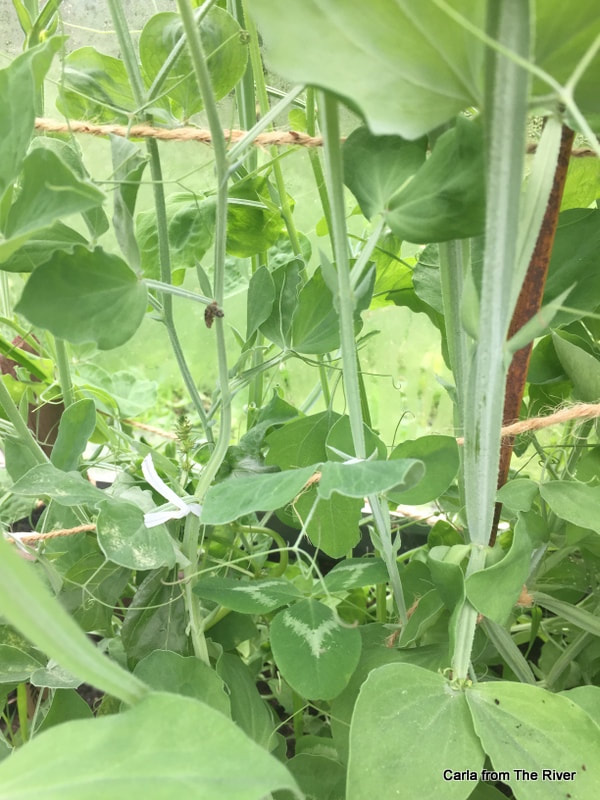
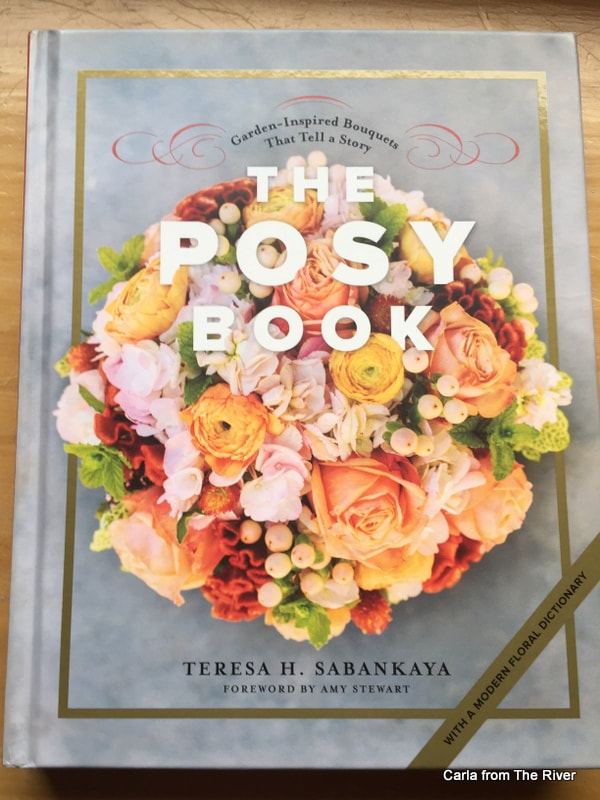
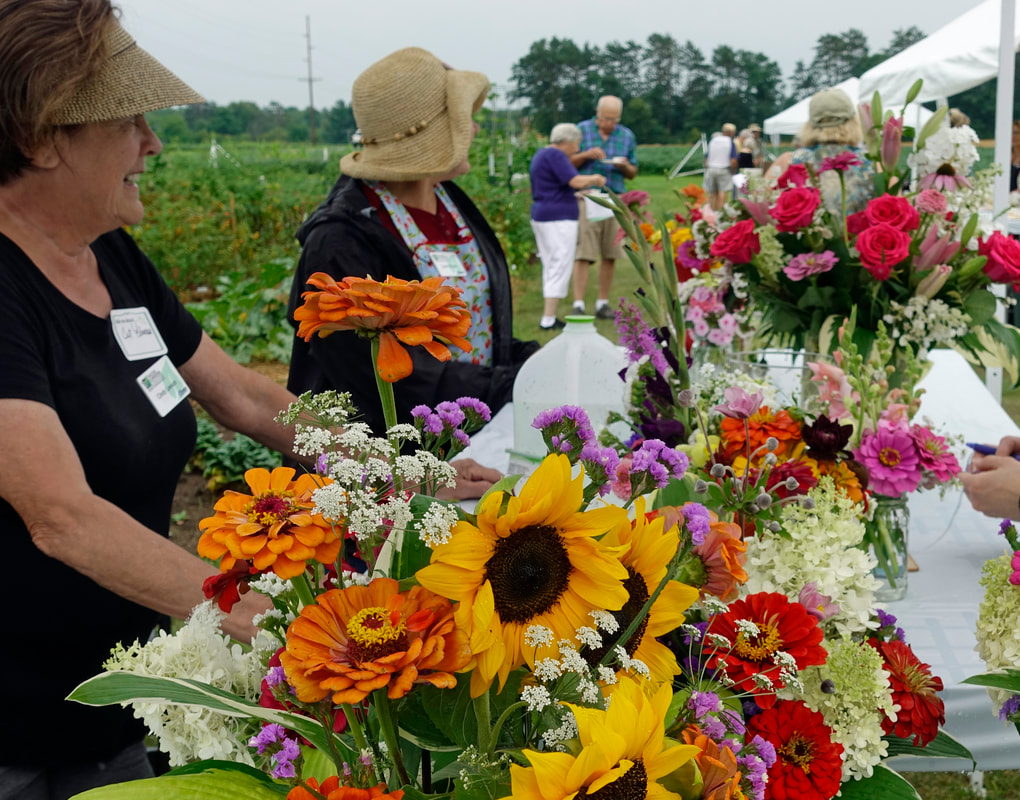
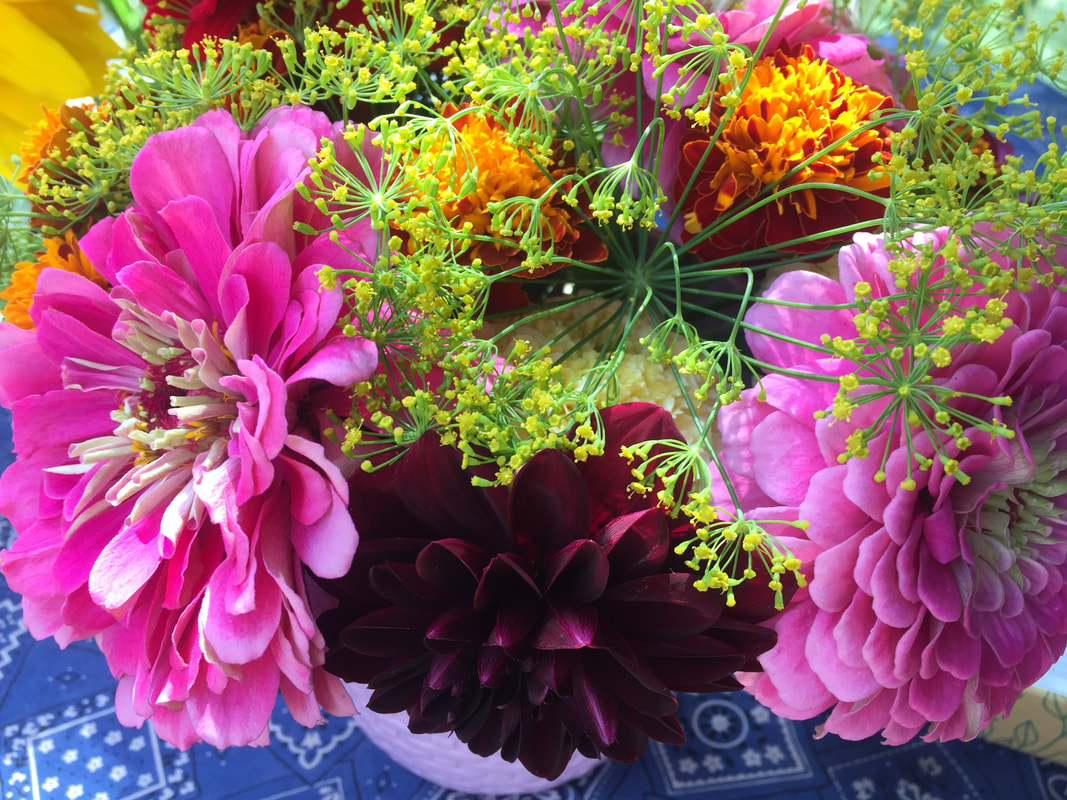
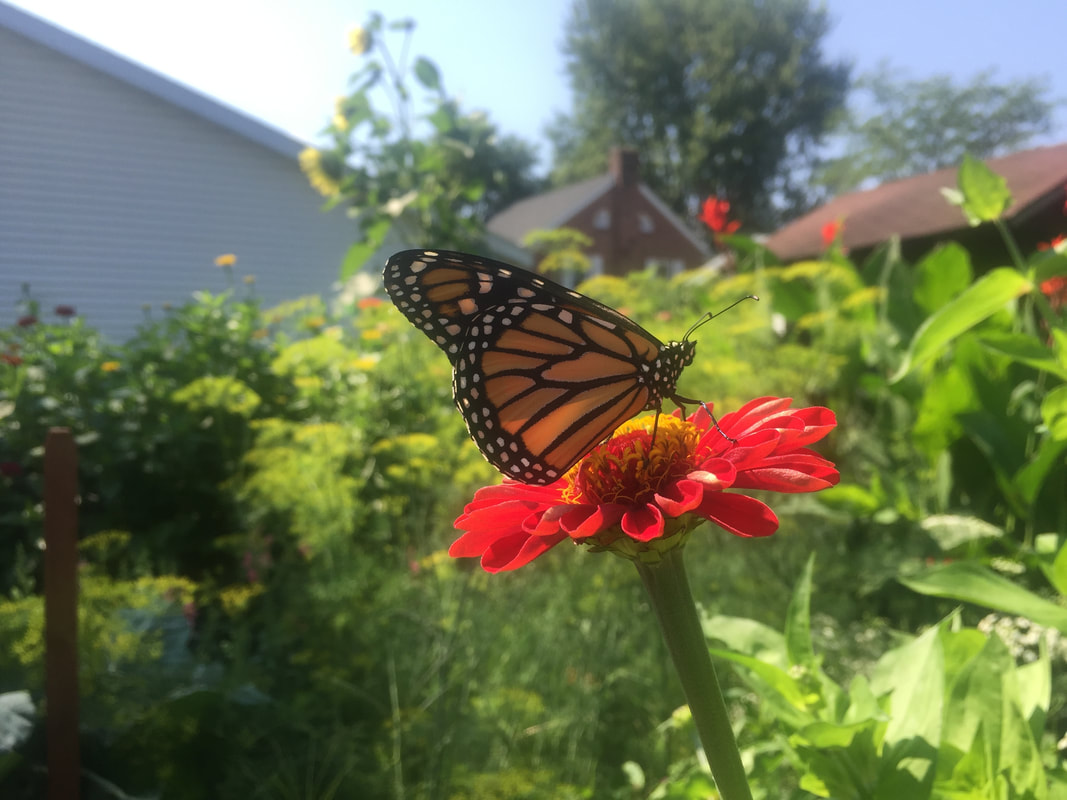
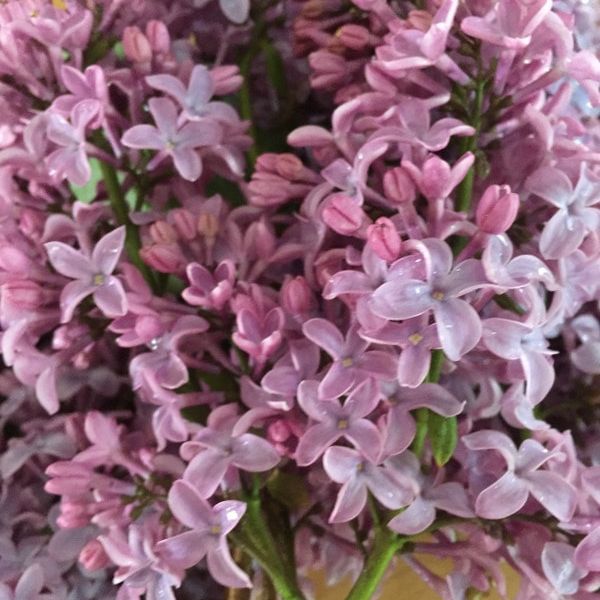
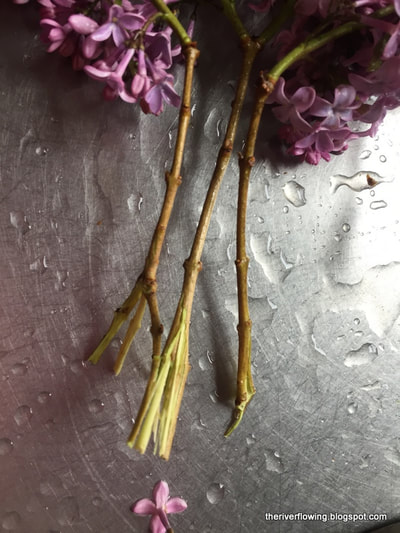

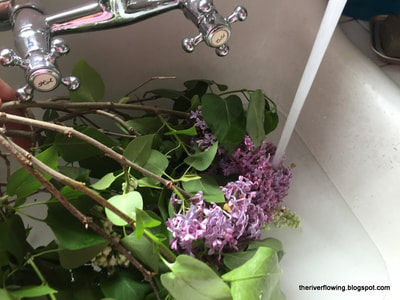
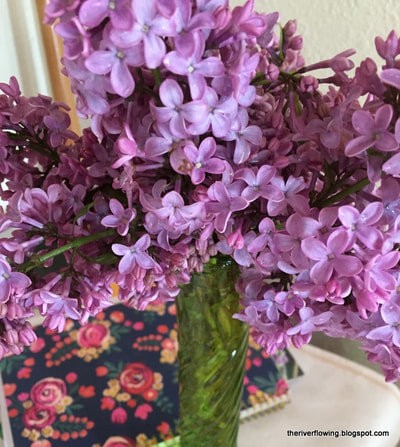
 RSS Feed
RSS Feed